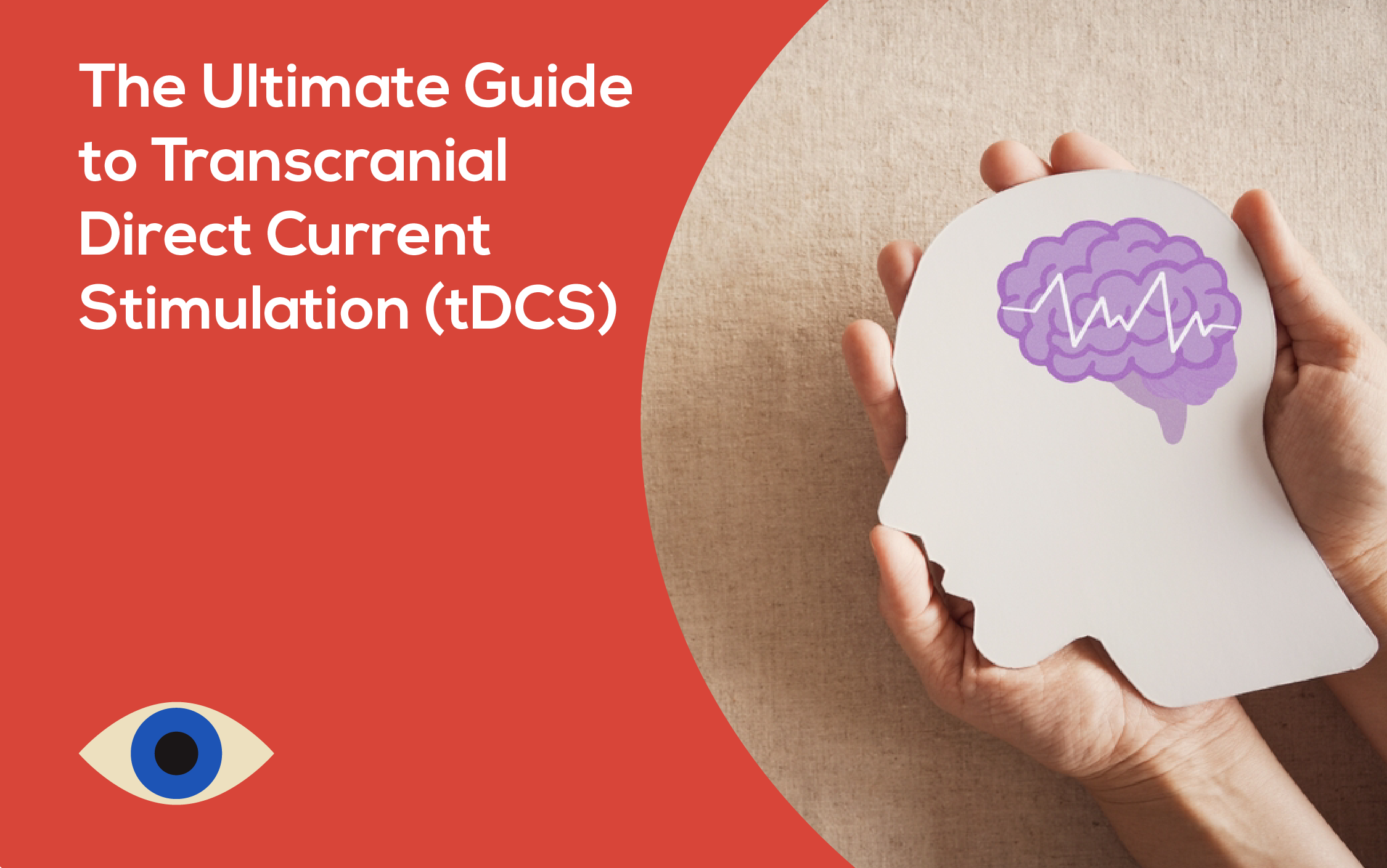So what exactly *is* tDCS?
Imagine a painless way to boost brainpower. That’s what Transcranial Direct Current Stimulation (tDCS) offers! Cognitive function and well-being are improved with this harmless method; it’s been helpful in treating cognitive issues. A gentle electrical stimulation of particular brain regions offers a cheap, safe way to improve brain function and behavior.
Want to know the mechanics?

tDCS works by applying a gentle electric current (typically 1-2 milliamps) to the brain through electrodes placed on the scalp. This extra current makes the neurons in that area super active; they’re more likely to send signals. Cognitive function improves. Your mood brightens. Neurological disorder symptoms may lessen.
Let’s talk about the good stuff—the benefits!
tDCS has a lot of pluses.
Cognitive Enhancement
- Improved attention and focus [1]
- Enhanced memory and learning [2]
- Boosted creativity and problem-solving skills [3]
Mood and Emotional Well-being
- Reduced symptoms of depression and anxiety [4]
- Improved mood and emotional regulation [5]
- Enhanced sense of calm and relaxation [6]
Neurological Disorders
- Reduced symptoms of Parkinson’s disease [7]
- Improved motor function in stroke patients [8]
- Potential treatment for chronic pain [9]
Things to Consider

While tDCS is a promising technology, it’s essential to keep the following in mind:
Safety
- tDCS is generally considered safe, but it’s crucial to follow proper protocols and guidelines to avoid adverse effects.
- Contraindications include epilepsy, pacemakers, and metal implants in the head.
Your personal outcomes.
- Outcomes differ; it’s important to be realistic.
- tDCS is not a magic bullet, and individual results may depend on various factors, including the specific condition being targeted and the individual’s starting point.
Studying the issue and then making rules about it—that’s how things work.
- tDCS looks really hopeful, but we need more studies to figure out exactly how it works and what the best way to use it is.
- tDCS is not yet widely regulated, and it’s essential to ensure that any device or treatment is from a reputable source.
What to Expect for the Future
As research continues to advance, we can expect to see:
Accessibility has improved significantly; more people can use this.
- More people can now get tDCS treatments. This is because the devices are more readily available.
- People and doctors can now find more budget-friendly choices.
Custom plans just for you.
- Personalized tDCS plans are in development. Every patient receives a treatment plan made just for them.
- Optimal treatment protocols are becoming clearer for many specific health conditions; this is largely due to recent advancements in research and technology.
Combining this with other therapies: How well did that actually perform? We should take a close look at the data now. The relationships between different parts are important to understand; consider how they affect one another.
- People are using tDCS with both CBT and medication; it’s a combination therapy.
- Think of tDCS as a treatment enhancer; it has the potential to amplify the results of other methods.

We’ve reached the end. It’s time— onward!
A technology to boost your brainpower—wouldn’t that be amazing? tDCS offers that potential. Thinking critically about tDCS is important, but its advantages and uses are pretty clear. The future of brain and mental health may well include TDCS playing a much larger role. Research is guiding us; we’re making real headway.
References
[1] Coffman, B. A., Clark, V. P., & Parasuraman, R. (2014). Battery powered thought: Enhancement of attentional performance with transcranial direct current stimulation. Cortex, 58, 263-277.
[2] Kuo, M. F., & Nitsche, M. A. (2012). Brain stimulation with electricity: It affects our minds and actions—how so? Clinical EEG and Neuroscience, 43(3), 192-199.
[3] Chi, R. P., & Snyder, A. W. (2012). Facilitate insight by non-invasive brain stimulation. PLOS ONE, 7(2), e31265.
[4] Brunoni, A. R., Machado-Vieira, R., & Kemp, A. H. (2017). Clinical and neurobiological effects of transcranial direct current stimulation in depression: A systematic review. Journal of Affective Disorders, 209, 115-124.
[5] Daskalakis, Z. J., & Fitzgerald, P. B. (2015). Mechanisms of tDCS: I’m going over the evidence now; it’s a pretty big pile. Clinical Neurophysiology, 126(1), 17-25.
[6] Nitsche, M. A., & Paulus, W. (2000). Excitability changes induced in the human motor cortex by transcranial direct current stimulation. Journal of Physiology-London, 527(3), 633-639.
[7] Fregni, F., & Pascual-Leone, A. (2007). Technology insight: Noninvasive brain stimulation in neurology-perspectives on the therapeutic potential of rTMS and tDCS. Nature Clinical Practice Neurology, 3(7), 383-393.
[8] Lang, N., & Edwards, D. J. (2017). Transcranial direct current stimulation for motor recovery after stroke: A systematic review. Journal of Neuroengineering and Rehabilitation, 14(1), 1-13.
[9] Vaseghi, B., & Zoghi, M. (2018). The effect of transcranial direct current stimulation on chronic pain: A systematic review. Journal of Pain Research, 11, 1275-1287.




0 Comments